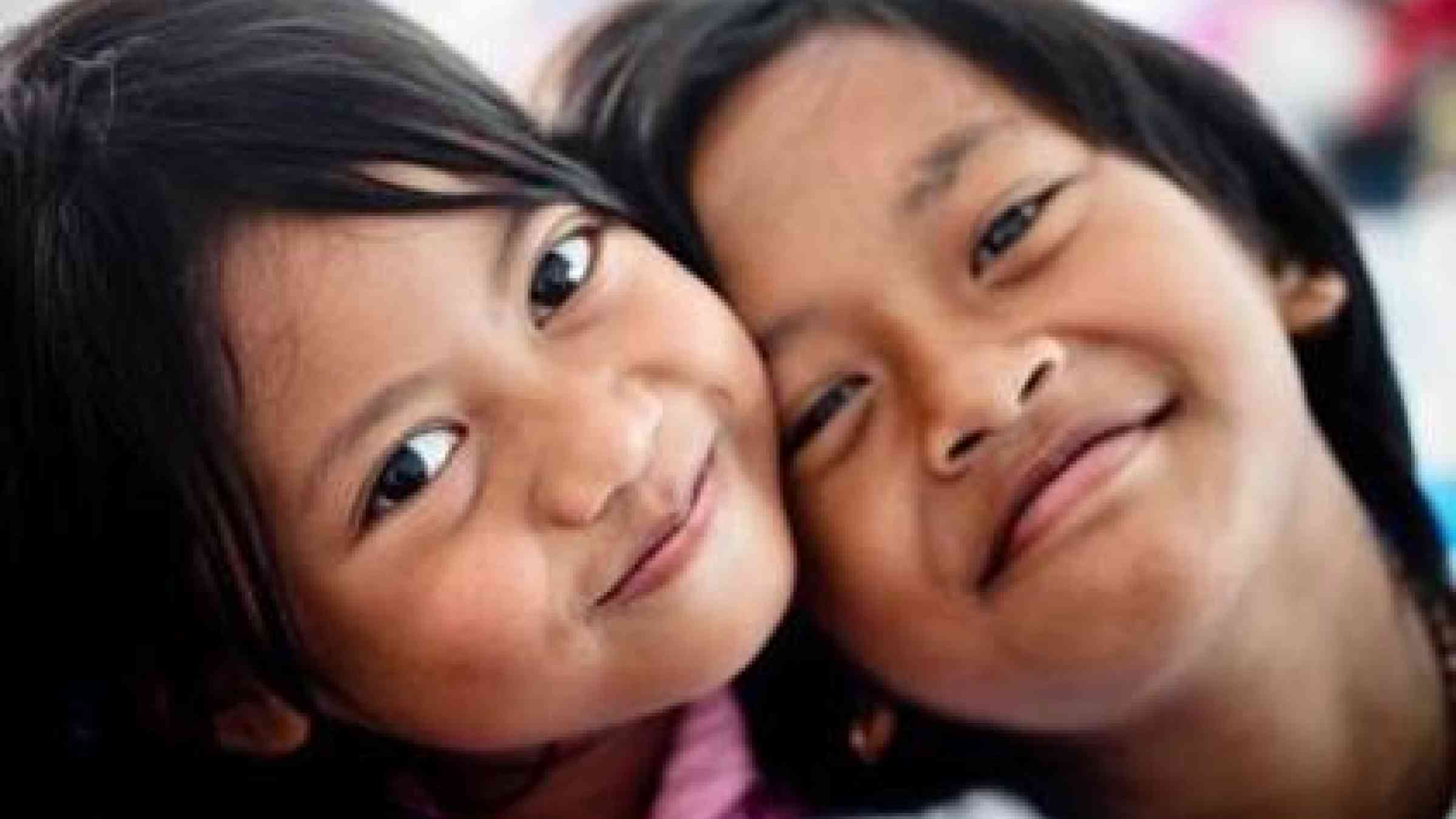The resilient future young people want

Still Smiling
GENEVA, 23 May 2013 - Young people from around the world yesterday said much more needed to be done to implement the two-year old Children's Charter for Disaster Risk Reduction adopted at the last Global Platform in 2011 in order to create a safer and more resilient world.
In a detailed update against their five-point action plan, an expert panel of young people emphasized the importance of uninterrupted education as a source of stability and normality during times of severe upheaval.
With 30 per cent of the world's population aged below 18 the panel implored global leaders to engage much more with young people around the world.
Many in the packed session entitled 'The Resilient Future We Want' at the 4th Global Platform were moved to tears during the testimony of 11-year-old Danh from Vietnam who recounted his experience as a disabled child when his village was flooded.
'Initially my parents put me on a banana leaf to float to safety on the flood but I was so scared and I said no and then they then carried me up to the second floor of a building where I was safe,' he said.
Sixteen-year-old Ayumi from Fukushima said her school was less than 50km from the stricken Japanese nuclear plant. 'There are many children studying at schools where radiation levels remain high. In my school, holes were dug in the school yard and waste was kept there. I want to speak out today as a step towards protecting the children of Fukushima,' she said.
Eighteen-year-old Sopheone from Cambodia called for disaster risk reduction lessons to become the norm in school curriculums. 'It is important so that children understand how to prepare for and respond to disaster.'
Participants then watched a video showing children in a flood-hit village bundling precious textbooks together and looping them over a supporting beam in their classroom so that they survive the disaster.
The children said that schools should play a role in both their personal and academic lives, as they could also disseminate information to the community at large. Disaster risk reduction should be part of school curricula, because if children knew what to do in the event of a disaster, the damage and losses might be lessened. Children should be allowed to voice their concerns and contribute their ideas.
The Children's Charter was launched at the previous Global Platform in 2011 and is the result of consultations between 600 boys and girls from 21 countries. It supports inclusion of the needs of children in the post-2015 global disaster risk reduction framework.
The Charter's action points in full are: schools must be safe and education must not be interrupted; child protection must be a priority before, during and after a disaster; children have the right to participate and to access the information they need; community infrastructure must be safe and relief and reconstruction must help reduce future risk; and disaster risk reduction must reach the most vulnerable people.
The expert youth panel comprised young voices from Cambodia, Lesotho, Indonesia, Japan, Norway, UK and Vietnam.
UN Special Representative to the Secretary-General on DRR, Margareta Wahlstrom has long said children are not just a vulnerable group but should play vital roles in their communities to prepare for future disasters.
The most vulnerable among children are frequently those who are hardest to reach, panelists observed, and that includes children who are not in school and might not have any access to information.
Where children are concerned, the adult panelists concluded, disaster risk reduction should involve listening to children, including preparedness plans in school curricula, and raising awareness not just for communities but also for children not in school.
Explore further
Also featured on
Is this page useful?
Yes No Report an issue on this pageThank you. If you have 2 minutes, we would benefit from additional feedback (link opens in a new window).